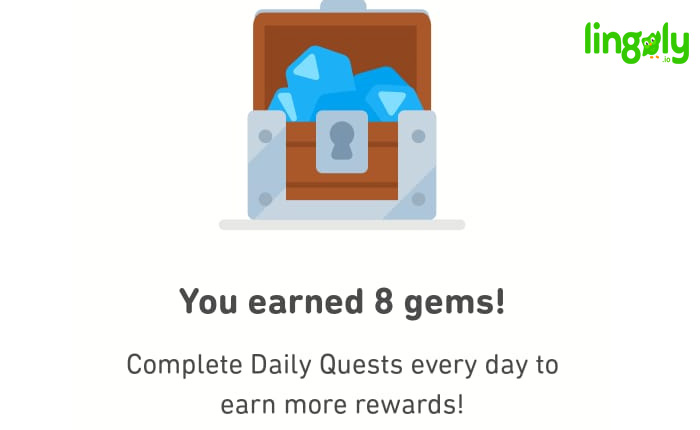Preventing health problems before they happen is one of the best ways to stay healthy. However, many people don’t know much about preventive healthcare, which can help avoid serious diseases like heart attacks and strokes. The good news is that technology and design can help make preventive healthcare easier and more interesting for everyone.
In my blog posts, I explored how adding fun and engaging features, like gamification, can encourage people to take better care of their health. Gamification uses things like rewards, challenges, and progress tracking to keep people motivated. For example, fitness apps that give points for daily steps or health platforms that offer badges for completing check-ups.
One of the most important things we need to consider is how to make sure people’s personal health information stays safe. If we want people to trust and use healthcare apps, we must protect their data with strong security measures and clear privacy policies.
We also need to find the best ways to use gamification to promote healthy habits. Simple features like goal tracking and reminders can be very effective, while more complex systems might include personalized health challenges and rewards that fit each person’s lifestyle.
Building a healthcare platform that works for both doctors and patients can be challenging. It requires a balance between providing useful medical advice and keeping users engaged without overwhelming them. Some of the benefits of such a system include better communication with doctors, improved health tracking, and easier access to preventive care information. However, challenges include making the system easy to use and ensuring that it meets medical standards.
Key Research Questions and Answers
- What gamification strategies can make preventive healthcare more popular?
Strategies like setting achievable goals, offering rewards, using progress tracking, and providing social support can make preventive healthcare more engaging and encourage long-term commitment.
2. How can we ensure that people’s health data stays private and secure?
By implementing strong encryption methods, secure user authentication, clear privacy policies, and regular security audits, we can protect user data and build trust.
3. What are the benefits and challenges of creating a healthcare system that works for both patients and doctors?
The benefits include better communication, personalized health recommendations, and improved health monitoring. However, challenges involve ensuring ease of use, maintaining data security, and aligning with healthcare regulations.
Conclusion
Preventive healthcare has the power to save lives and improve well-being, but it needs to be more accessible and engaging for people. By using gamification and smart design, we can encourage healthy habits and make healthcare more enjoyable. The journey towards better preventive healthcare is ongoing, and with the right tools and strategies, we can create a healthier future for everyone.








